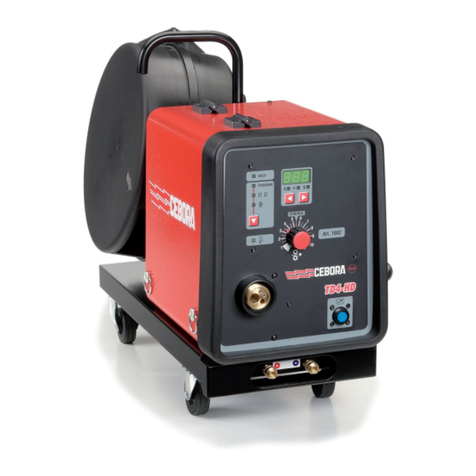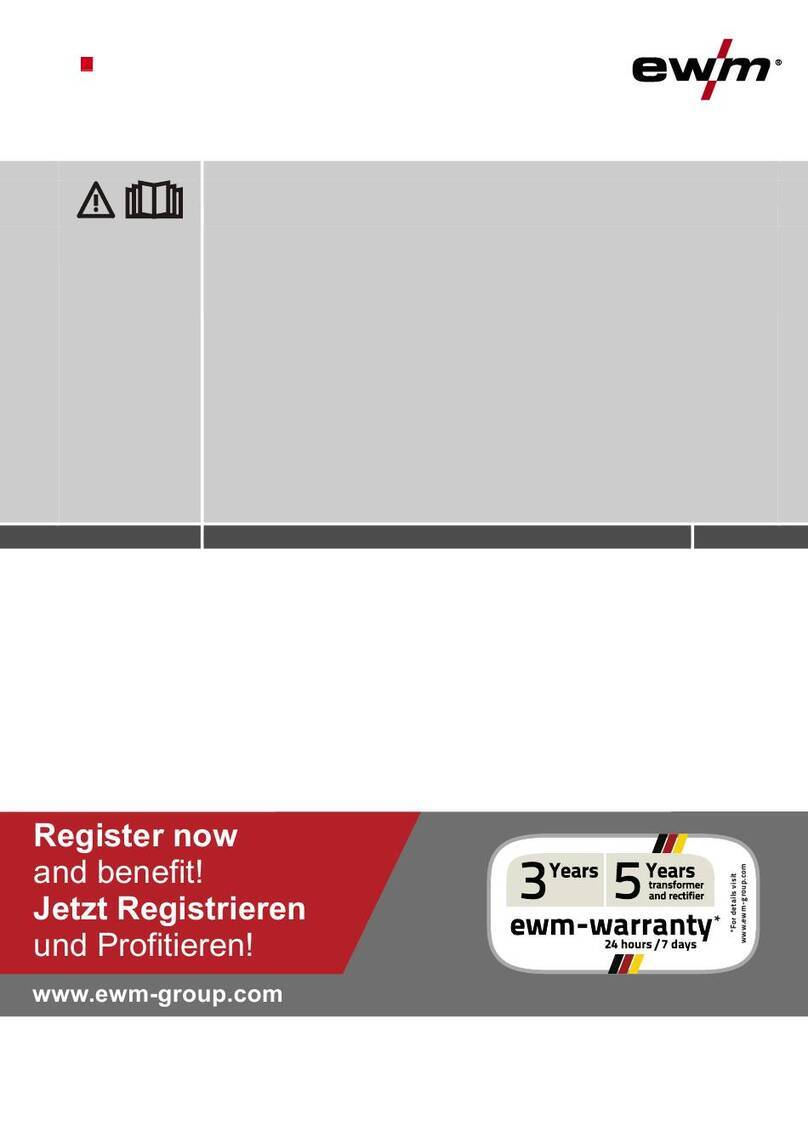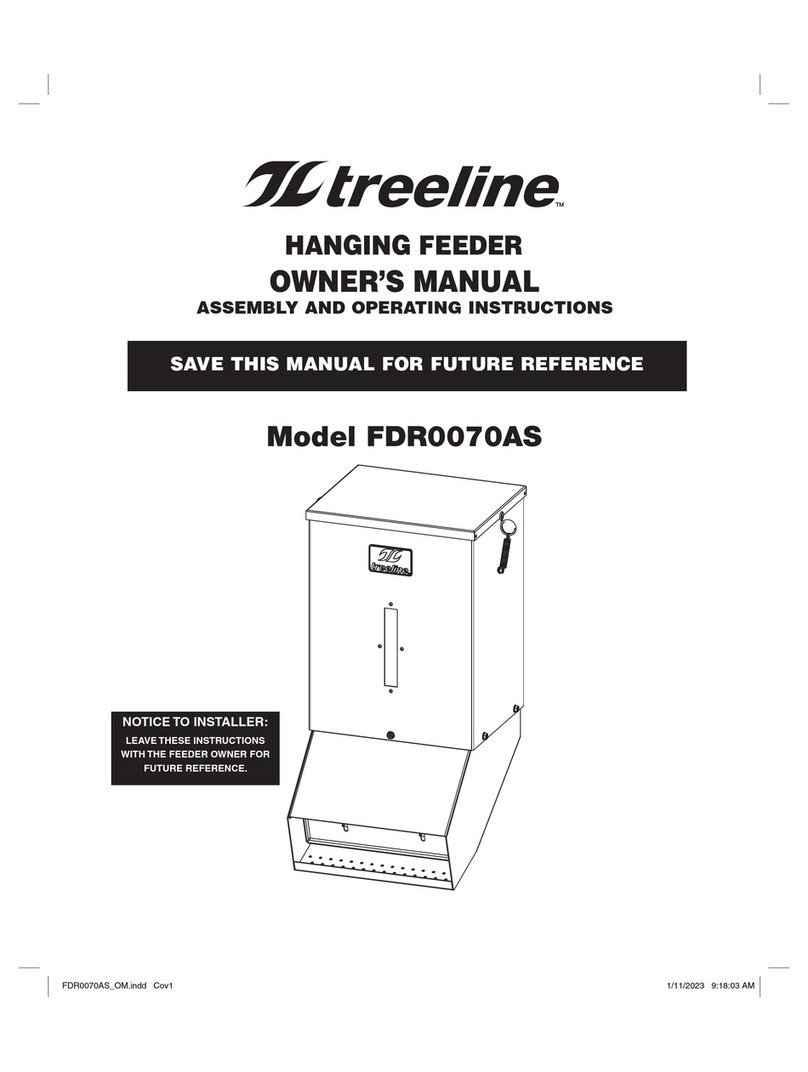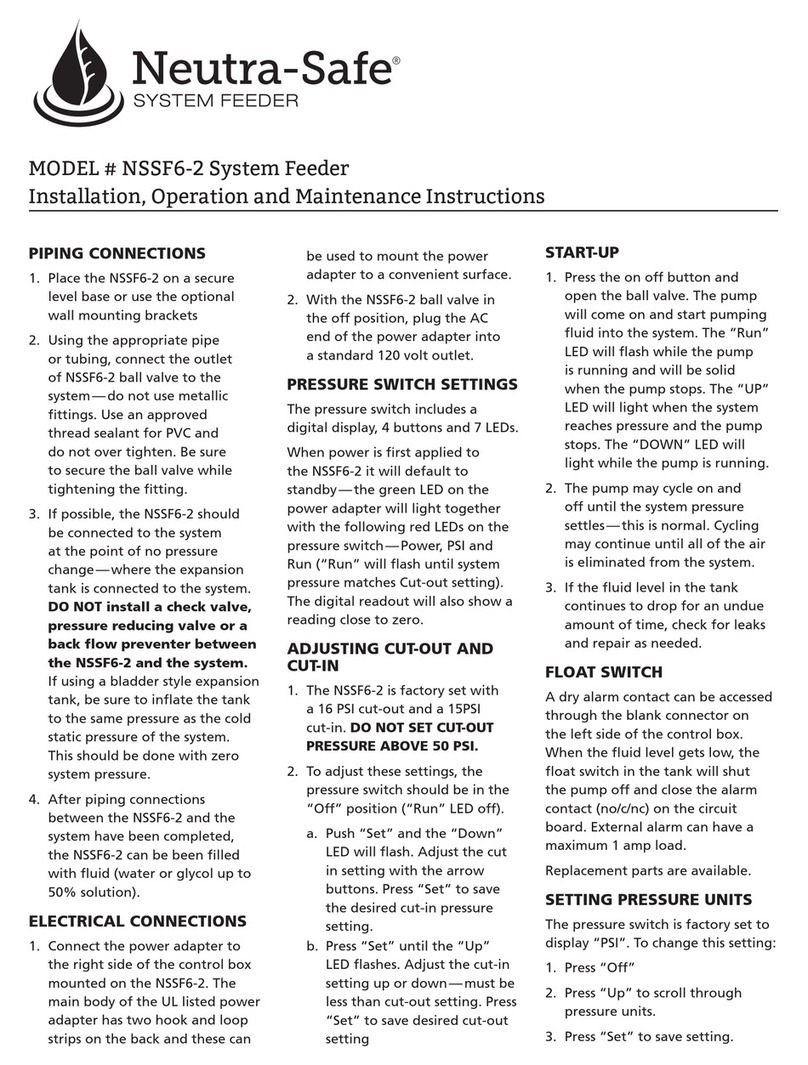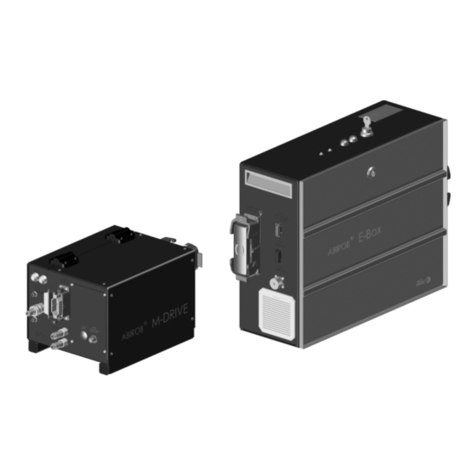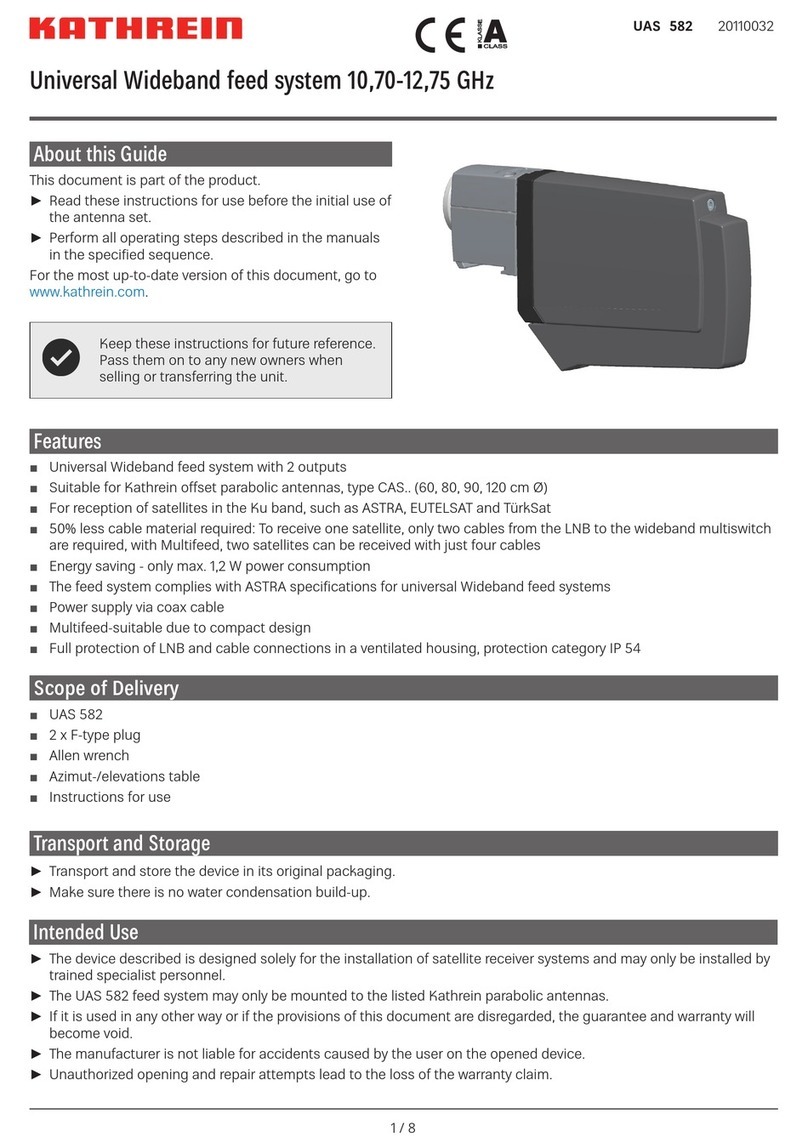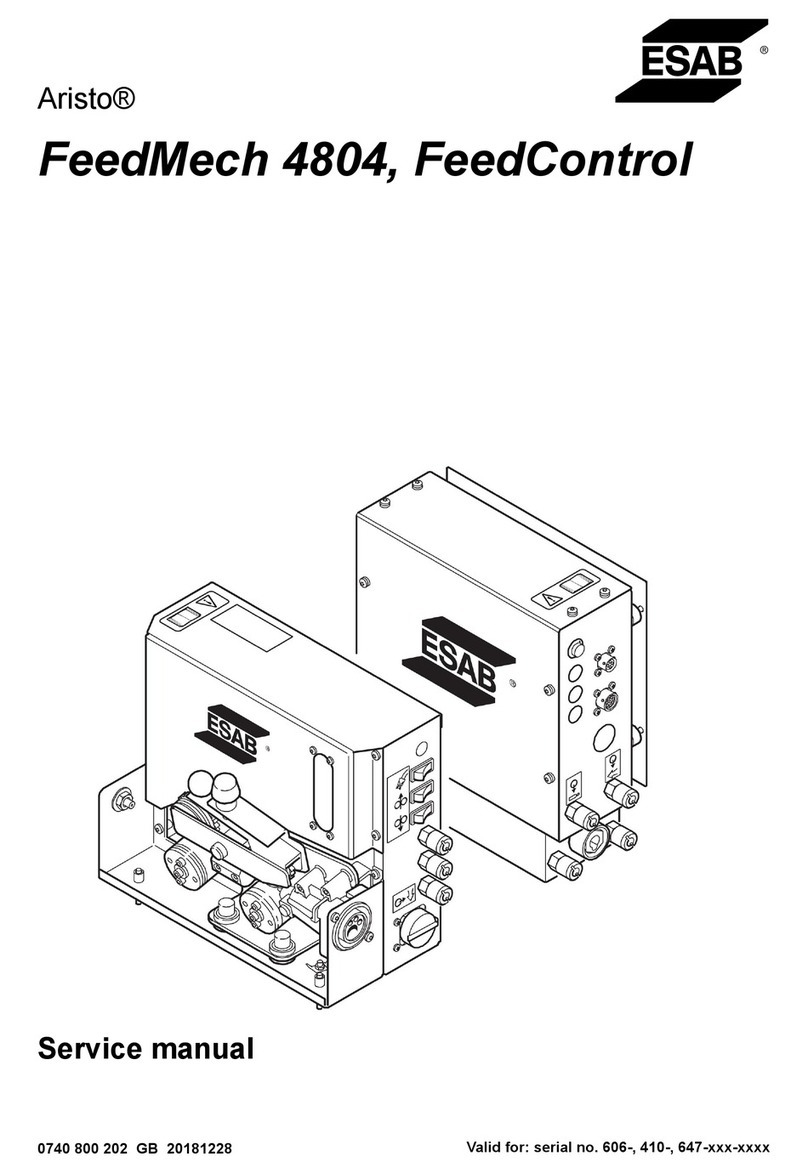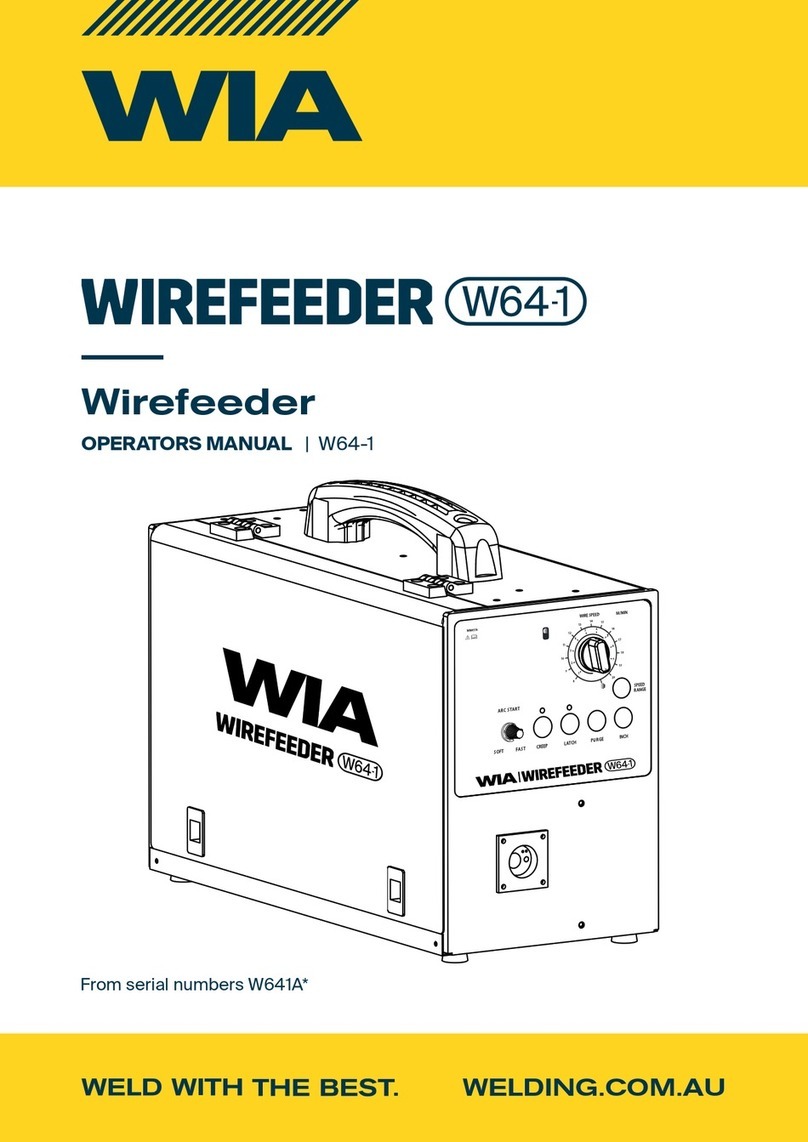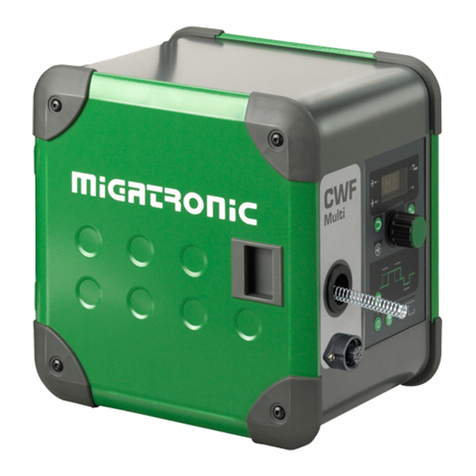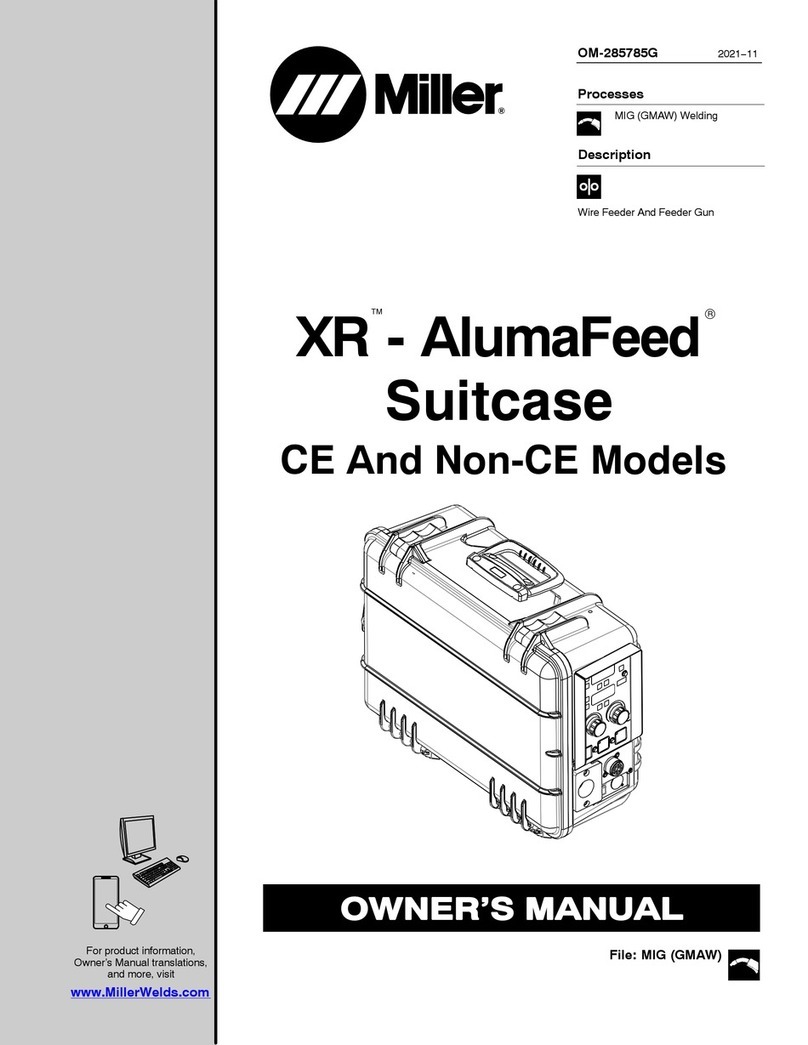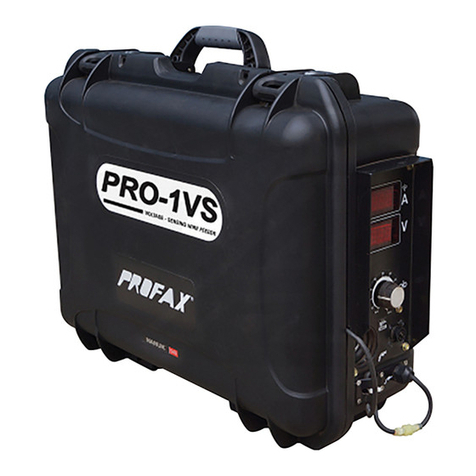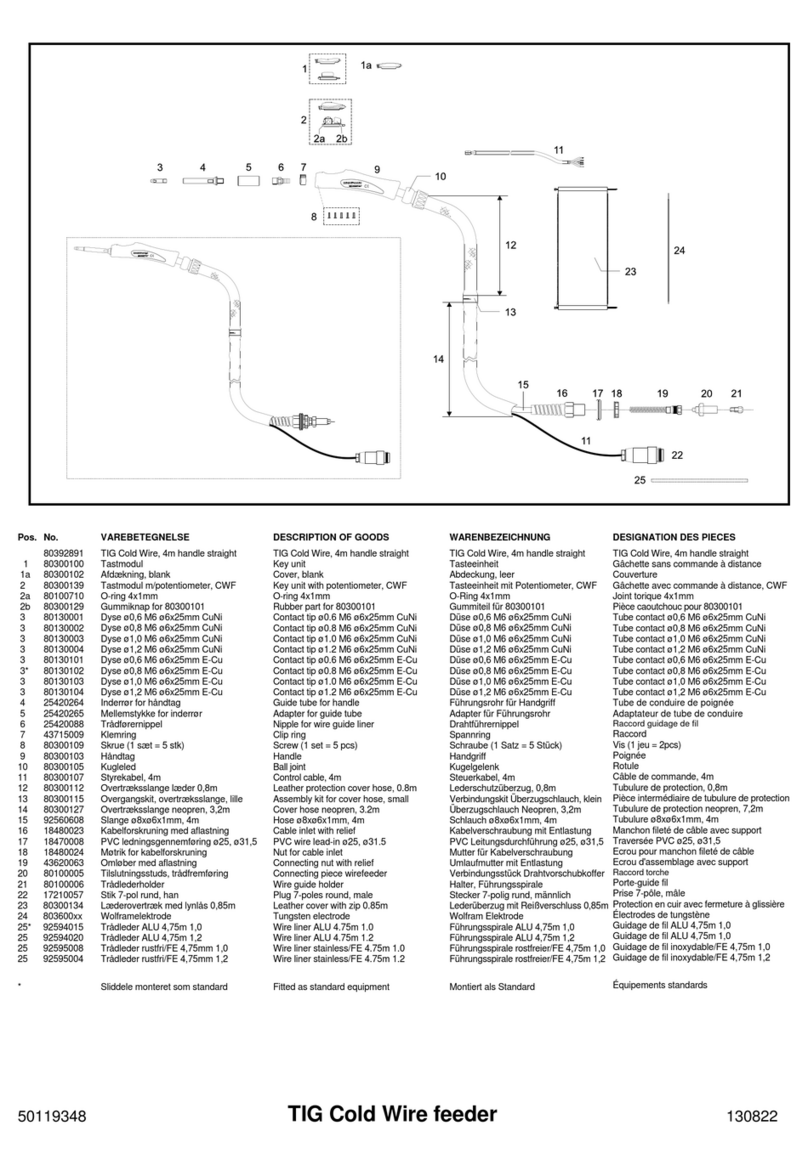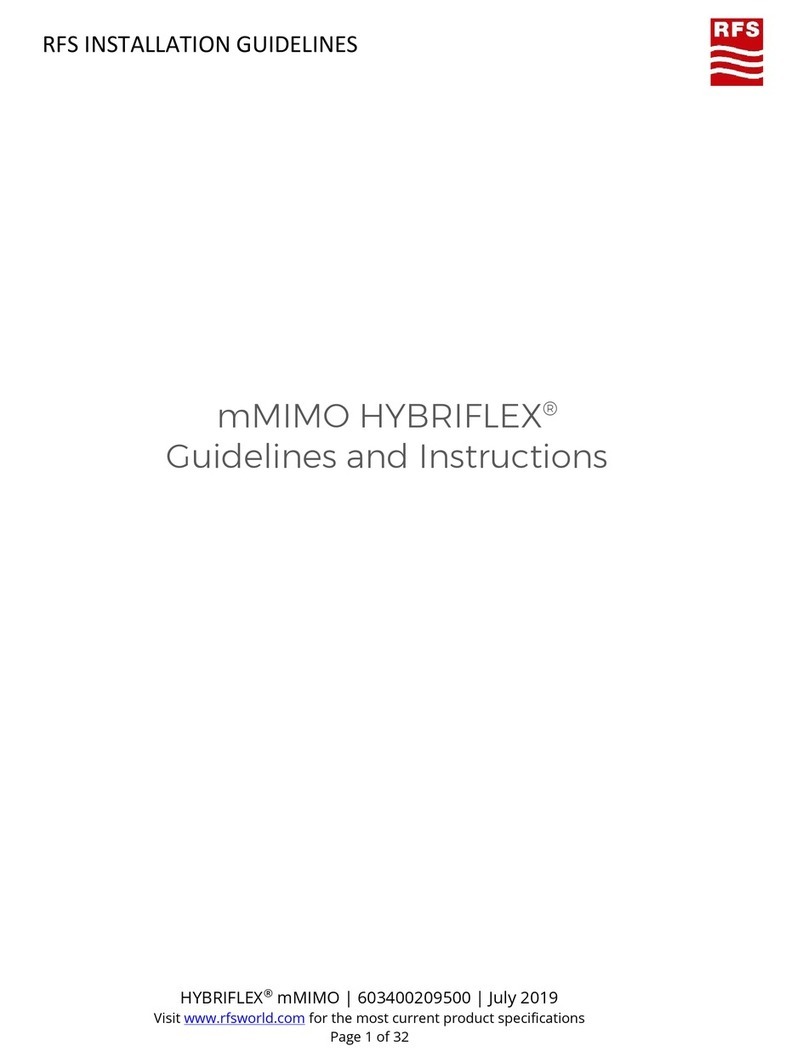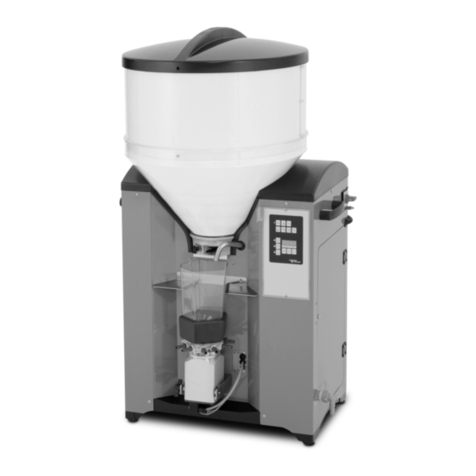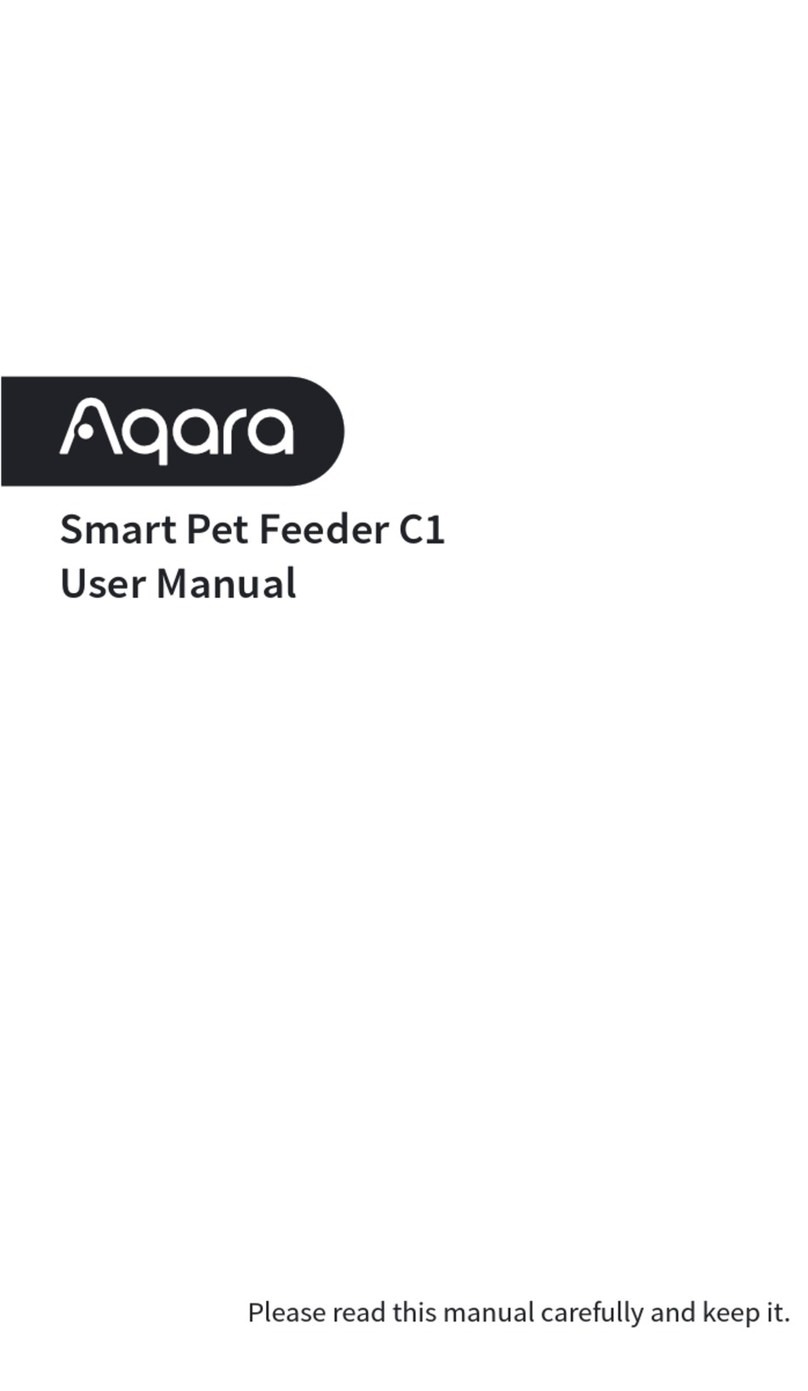
TABLE OF CONTENTS
GEK-106273L MIF Digital Feeder Protection i
1. GETTING STARTED 1-1
1.1 INSPECTION CHECKLIST 1-1
1.2 ENERVISTA MII SETUP SOFTWARE 1-3
1.2.1. SYSTEM REQUIREMENTS.....................................................................................................1-3
1.2.2. INSTALLATION........................................................................................................................1-3
1.3 M-RELAY FAMILY HARDWARE 1-10
1.3.1. MOUNTING & WIRING..........................................................................................................1-10
1.3.2. COMMUNICATIONS..............................................................................................................1-10
1.3.3. FACEPLATE KEYPAD & DISPLAY.......................................................................................1-10
1.4 USING THE KEYPAD AND DISPLAY 1-11
1.4.1. HIERARCHICAL MENUS.......................................................................................................1-11
2. PRODUCT DESCRIPTION 2-1
2.1 INTRODUCTION 2-1
2.1.1. GENERAL OVERVIEW............................................................................................................2-1
2.2 OVERCURRENT UNITS 2-3
2.2.1. PHASE TIME OVERCURRENT UNIT (51P) ...........................................................................2-3
2.2.2. PHASE INSTANTANEOUS OVERCURRENT UNITS (50PH, 50PL)......................................2-7
2.2.3. GROUND TIME OVERCURRENT UNIT (51N) .......................................................................2-7
2.2.4. GROUND INSTANTANEOUS OVERCURRENT UNITS (50NH, 50NL)..................................2-7
2.3 THERMAL IMAGE UNIT 2-8
2.4 COLD LOAD PICKUP (ONLY OPTION 2 MODELS) 2-8
2.5 BREAKER FAILURE TO OPEN (ONLY OPTION 2 MODELS) 2-9
2.6 I2COUNTER (ONLY OPTION 2 MODELS) 2-9
2.7 EVENTS (AVAILABLE IN OPTION 1 AND OPTION 2 MODELS) 2-10
2.8 OSCILLOGRAPHY (AVAILABLE IN OPTION 1 AND OPTION 2 MODELS) 2-11
2.9 MULTIPLE SETTINGS GROUPS 2-12
2.10 MEASUREMENT AND SELF-TEST 2-12
2.11 USER INTERFACE 2-13
2.12 MODEL LIST. ORDER CODES 2-15
2.13 TECHNICAL SPECIFICATIONS. 2-17
2.13.1. PROTECTION UNITS............................................................................................................2-17
2.13.2. METERING FUNCTIONS ......................................................................................................2-18
2.13.3. INPUTS ..................................................................................................................................2-18
2.13.4. POWER SUPPLY...................................................................................................................2-19
2.13.5. OUTPUTS ..............................................................................................................................2-19
2.13.6. COMMUNICATIONS..............................................................................................................2-20
2.13.7. ENVIRONMENTAL ................................................................................................................2-20
2.13.8. TYPE TESTS & CERTIFICATIONS.......................................................................................2-21
2.13.9. PRODUCTION TESTS...........................................................................................................2-21
2.13.10. APPROVALS..........................................................................................................................2-22
